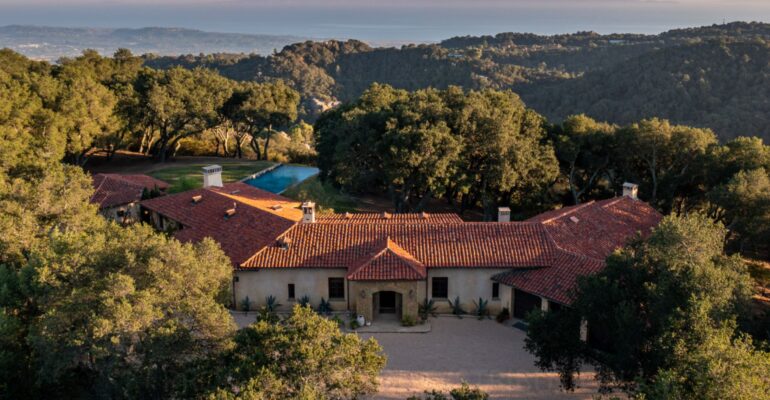Preserving Santa Barbara’s Architectural Heritage: A Guide to Restoration
Santa Barbara, California, holds a treasure trove of architectural wonders that narrate stories of the city’s past. With its diverse architectural styles ranging from Spanish Colonial Revival to Mission Revival and Mediterranean influences, Santa Barbara’s buildings stand as testaments to its rich cultural heritage. In this guide, we’ll explore the city’s unique architectural styles and provide valuable insights on restoring historic buildings.
Unveiling Santa Barbara’s Architectural Styles
- Spanish Colonial Revival: This iconic style, reminiscent of Spain’s architecture, showcases elements such as white stucco walls, red-tiled roofs, ornate ironwork, and intricate tile designs.
- Mission Revival: Influenced by California’s mission history, this style features arched doorways, bell towers, adobe walls, and clay-tiled roofs.
- Mediterranean Revival: Borrowing from Mediterranean aesthetics, this style embraces terracotta roofs, wrought-iron balconies, and lush courtyards, mirroring the coastal vibe of Santa Barbara.
- Craftsman: Though less prevalent, Craftsman-style homes exhibit handcrafted details, exposed beams, and a cozy, welcoming ambiance.
The Significance of Restoration
Preserving Santa Barbara’s architectural heritage is akin to conserving a piece of the city’s soul. Restoring historic buildings not only maintains the city’s visual allure but also honors its cultural identity. However, restoring these architectural treasures can be a complex yet deeply rewarding endeavor. Here are some insights to guide you through the restoration process:
1. Comprehensive Research and Documentation
Before commencing restoration, delve into the building’s history. Old photographs, architectural plans, and historical records serve as invaluable guides. This documentation will offer crucial insights into the building’s original design and materials.
2. Respect for Authentic Design
The essence of restoration lies in maintaining the building’s original design and materials. Use historically accurate materials and techniques to ensure the structure retains its historical integrity.
3. Collaborate with Restoration Professionals
Restoration of historic buildings in Santa Barbara demands expertise in preservation. Working closely with architects, engineers, and restoration specialists ensures authenticity and adherence to preservation standards.
4. Navigate Preservation Regulations
Many historic buildings are protected by local ordinances. Securing necessary permits and adhering to preservation guidelines is essential for a successful restoration project.
5. Balancing Preservation with Modern Needs
While preserving historical authenticity is crucial, integrating modern amenities without compromising the building’s integrity is possible. Thoughtful upgrades can enhance functionality while preserving historical charm.
6. Sustainable Restoration Practices
Consider sustainable restoration methods. Incorporating energy-efficient systems and materials not only conserves resources but also aligns with Santa Barbara’s commitment to sustainability.
Honoring Santa Barbara’s Architectural Legacy
Restoring historic buildings in Santa Barbara is a labor of love and a tribute to the city’s legacy. Each restoration project breathes new life into these architectural marvels, allowing us to appreciate their beauty and significance for generations to come.
In every restoration endeavor, we aren’t merely renovating buildings; we’re preserving Santa Barbara’s history, culture, and identity. Restoring these architectural gems is an ode to the past, a gift to the present, and a legacy for the future.
At Associated Construction, we cherish Santa Barbara’s architectural heritage. Our commitment extends beyond construction; we’re dedicated to preserving the city’s cultural tapestry by restoring historic buildings with care, expertise, and a deep reverence for their heritage.
Let’s join hands to safeguard Santa Barbara’s architectural legacy, one restoration at a time.

